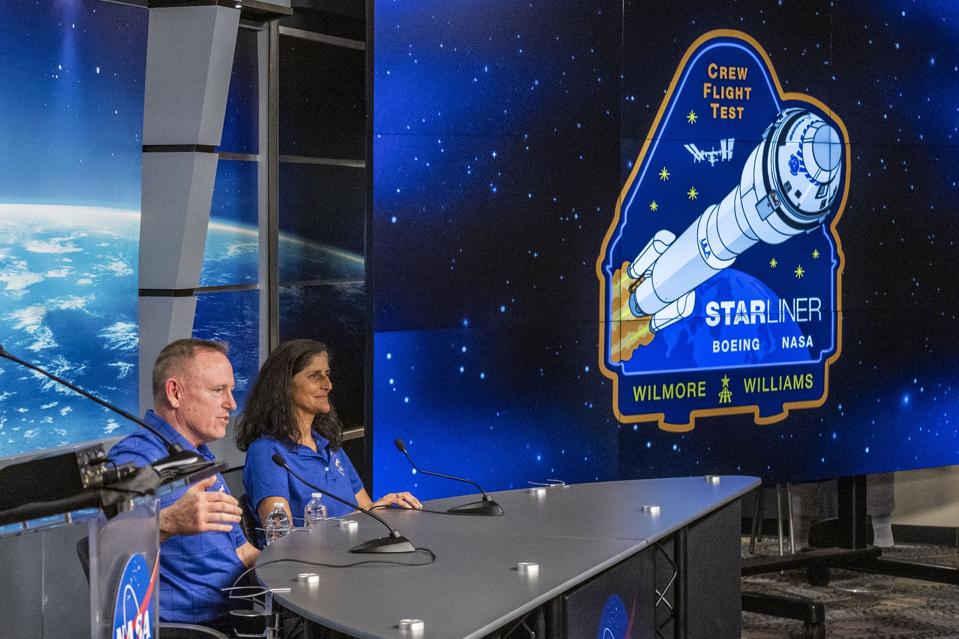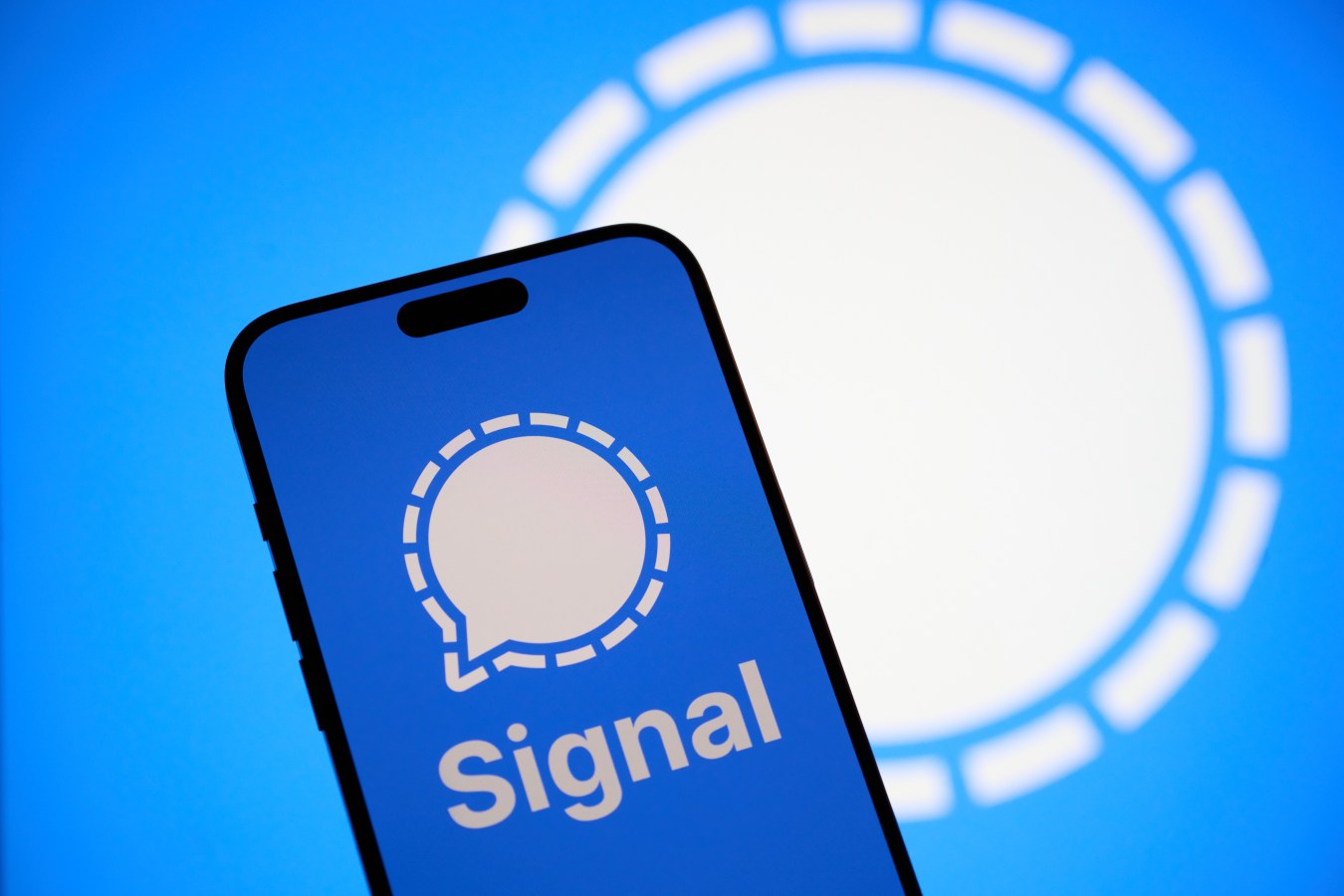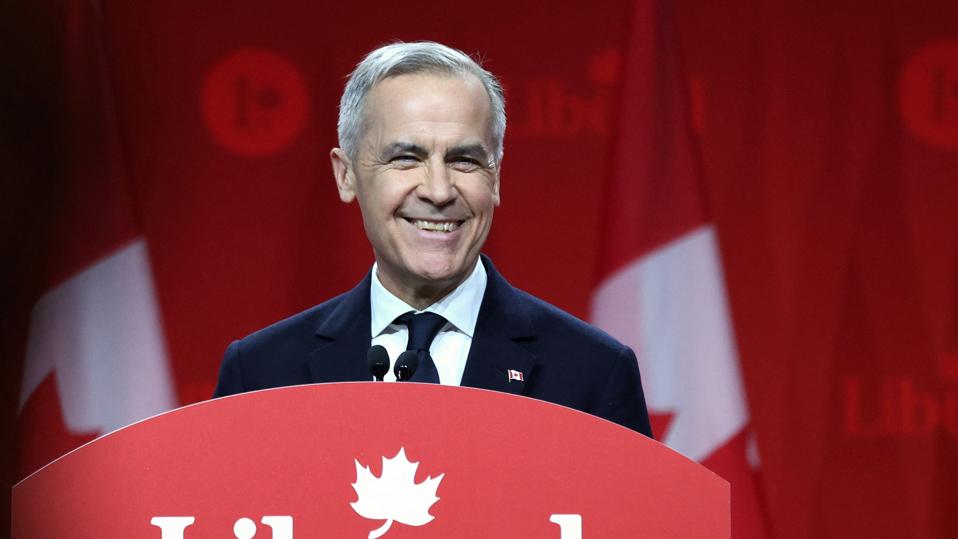The two astronauts stuck on the International Space Station will finally return to Earth on a SpaceX Crew Dragon capsule hopefully in early 2025, NASA announced Saturday, and not on the Boeing Starliner they arrived on because of safety concerns with the vessel that could endanger Boeing’s lucrative contract with the space station.

Wilmore and Williams began their mission in early June. (Kirk Sides/Houston Chronicle via Getty Images)
Houston Chronicle via Getty Images
Key Takeaways
- The two NASA astronauts, Sunita Williams and Barry “Butch” Wilmore, have been on the International Space Station for more than two months longer than anticipated and are now scheduled to return to earth in the SpaceX capsule around Feb. 2025.
- The SpaceX Crew Dragon will launch in late September and carry two astronauts instead of the four it usually carries, leaving two seats open for Williams and Wilmore.
- The Boeing Starliner will return to Earth unmanned in September, according to NASA, which noted “a few minor” modifications will be made to the spacecraft including changes to its separation sequence from the space station and the configuration of the cockpit.
- The Starliner experienced thruster malfunctions and helium leaks before it docked at the space station in June, with NASA mentioning Saturday the thrusters have experienced more stress and heating than usual.
Chief Critics
The switch from Boeing’s Starliner to SpaceX’s Crew Dragon capsule is “very embarrassing,” Erik Seedhouse, a professor at Embry-Riddle Aeronautical University, told AFP. Cai von Rumohr, an aeronautics analyst with TD Cowen, echoed Seedhouse, telling AFP the situation “is an image problem” and that it “could endanger future contracts with NASA.”
Big Number
More than $1 billion. That is how much money Boeing is estimated to have lost on the Starliner program.
Surprising Fact
Boeing is the primary contractor for the International Space Station, which has been in orbit for nearly 24 years.
Key Background
Williams and Wilmore departed from Florida in the Starliner in early June for a mission expected to last eight to 10 days. The astronauts are the first humans to launch into space with a Boeing spacecraft.
The Starliner, a vessel Boeing was awarded with a $4.2 billion NASA contract to make, is designed to be used for up to 10 missions. Five of the Starliner’s 28 thrusters stopped firing as it neared the International Space Station in addition to helium links in the vessel’s propulsion system.
Following the issues, Boeing said its engineers understood the flight issues and insisted it was confident in the safety of the Starliner, The Washington Post reported, noting NASA did not share Boeing’s assessment after running ground tests and attempting to find the root cause of the issues.
Don’t miss the opportunity to gain exclusive insights that could shape your financial future. Join us at the Forbes Australia Icons & Investors Summit to hear directly from Australia’s top business and wealth experts. Tap here to secure your ticket.
Look back on the week that was with hand-picked articles from Australia and around the world. Sign up to the Forbes Australia newsletter here or become a member here.


